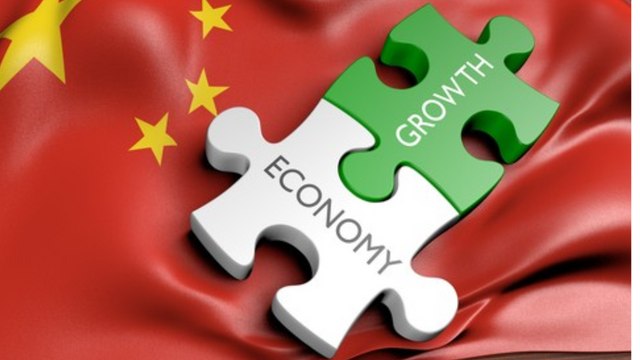China's Economic Stimulus: A Double-Edged Sword

The Challenge of Persistent Weak Consumer Demand
China's economy is facing a formidable challenge: persistently weak consumer demand. Despite the central bank's aggressive monetary easing measures, this fundamental issue remains a significant obstacle to achieving robust economic growth.
The Limitations of Monetary Policy
While the People's Bank of China's recent policy measures have provided a temporary boost to market sentiment, they may not be sufficient to address the underlying problem. The focus on liquidity injections and lower borrowing costs fails to directly target the root cause of the economic slowdown: consumer spending.
The Need for Fiscal Stimulus
Analysts argue that fiscal policies, such as increasing pensions and social benefits, are essential to put money into consumers' pockets and stimulate demand. These measures would have a more direct impact on the real economy and could help counteract the deflationary pressures facing China.
The Challenges of Fiscal Stimulus
Implementing effective fiscal stimulus can be complex and requires careful consideration. Government spending can be slow to materialize, and there are concerns about its effectiveness in stimulating consumer demand. Additionally, increasing government debt may raise concerns about long-term fiscal sustainability.
The Importance of Structural Reforms
Beyond monetary and fiscal policies, China also needs to address structural issues that hinder economic growth. These include overreliance on investment, imbalances in consumption and investment patterns, and the need for reforms to improve market efficiency and reduce the role of state-owned enterprises.
Conclusion
While the People's Bank of China's monetary easing measures are a step in the right direction, they alone are insufficient to address the underlying challenges facing China's economy. A more comprehensive approach that combines monetary policy with targeted fiscal stimulus and structural reforms is necessary to achieve sustainable and inclusive economic growth.
Click Here